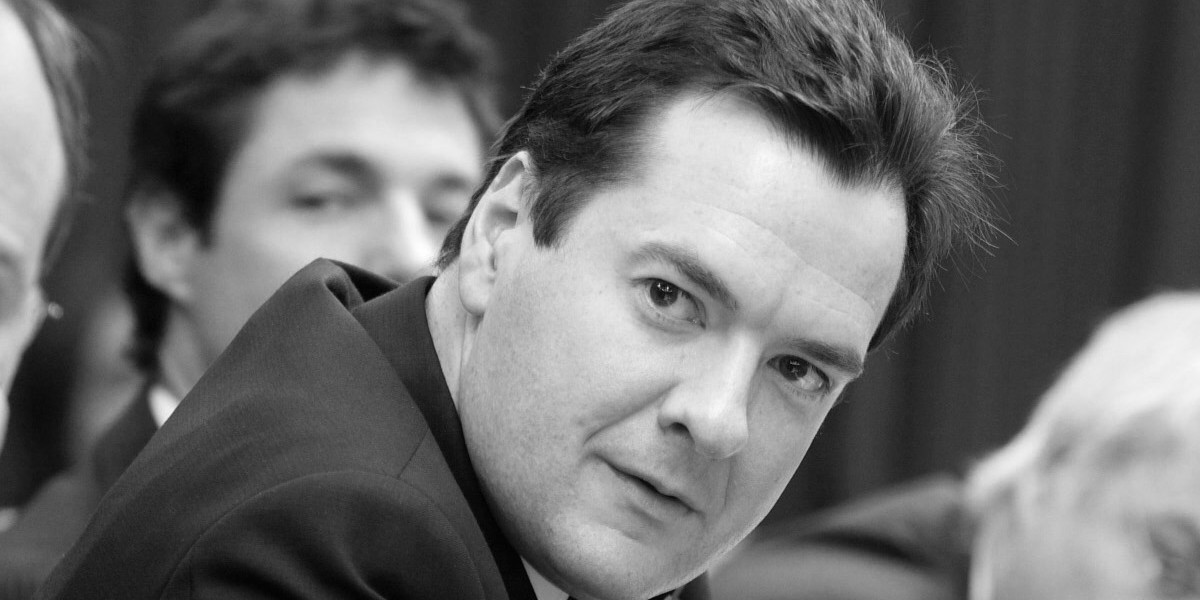Same again?
Stagnant wages, high debt and low savings created a volatile economic cocktail which left the UK vulnerable to the financial crisis when it struck in 2007. But rather than delivering the tonic that was promised, the government appears to be...
Stagnant wages, high debt and low savings created a volatile economic cocktail which left the UK vulnerable to the financial crisis when it struck in 2007. But rather than delivering the tonic that was promised, the government appears to be asking, ‘same again?’
The UK found itself particularly exposed to the financial crisis when it struck in 2007-08 and since then all parties have adopted the rhetoric of rebalancing. But how far has the UK moved on from its pre-crisis political-economy?
Digging underneath the modest gains in GDP uncovers some trends that point not to an economy ‘on the mend’ but one which retains considerable pathologies.
Firstly, the Government’s ‘Help to Buy’ scheme restores a central pillar of the UK’s unbalanced growth regime, by making it cheaper to secure mortgage debt without increasing supply. Commentators from across the spectrum have voiced concern that this is ‘too close for comfort’ to the practices which led to the last asset bubble.
Prior to the crisis rising house prices allowed households to remain optimistic about the future, despite what was happening to real incomes. The data below from the ONS shows what has been happening to wage growth (blue line) recently, declining and outstripped by inflation (orange line).
Source: ONS. AWE growth excluding bonuses (seasonally adjusted)
Despite these trends, some cheer has been found in final household consumption growth which, as the chart below shows, has been positive for successive quarters.
Source: ONS
A sign of recovering demand perhaps. But this growth looks less positive when viewed against recent data on rates of saving. Consumption growth is being accompanied by declining rates of saving.
Source: ONS
Last week’s GDP figures showed an expected uptick in economic activity and was greeted by the Chancellor as a signal that the economy was ‘on the mend’. Growth is welcome and certainly overdue, but to get a complete picture of economic health it is sensible to look beyond one single indicator.



